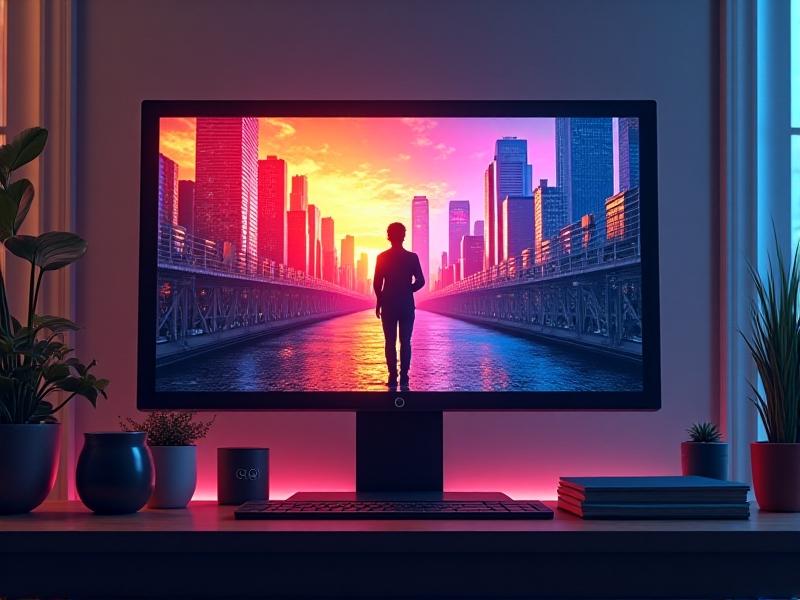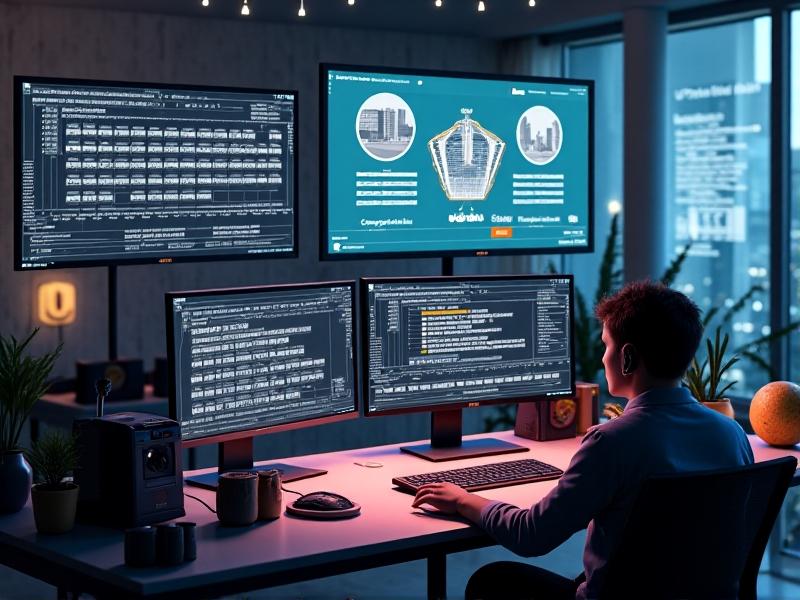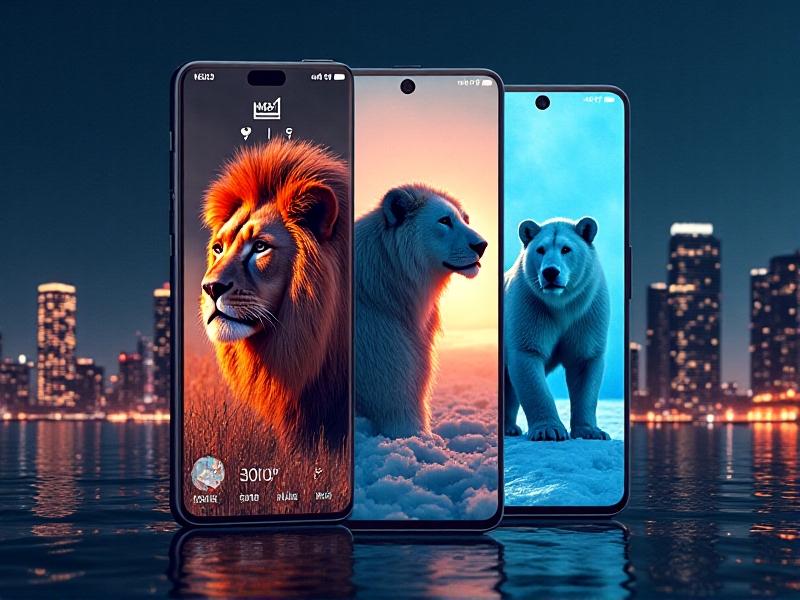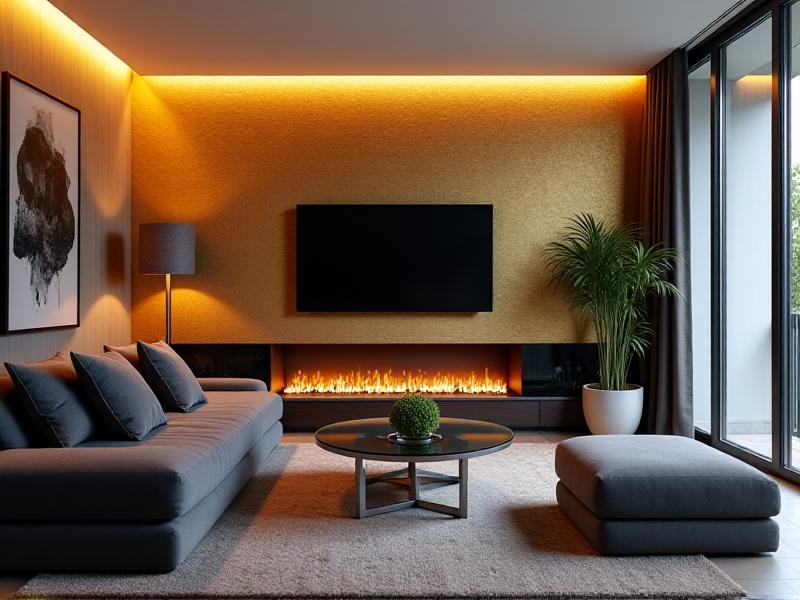Reorientation Revolution: Horizontal to Vertical Conversions
The Emergence of Vertical Dominance in a Horizontal World

The digital landscape is undergoing a tectonic shift. For decades, horizontal formats dominated design—from widescreen TVs to sprawling website banners. But the rise of mobile-first consumption has flipped the script. Over 60% of web traffic now comes from smartphones, and platforms like TikTok and Instagram Stories have normalized vertical scrolling as a default behavior. This isn’t just about screen orientation; it’s a fundamental rethinking of how we engage with content. Vertical spaces demand immediacy, intimacy, and chunkable narratives that fit within thumb-scrollable real estate. Brands clinging to horizontal paradigms risk becoming relics in an era where vertical isn’t just preferred—it’s expected.
User Behavior: Why Vertical Feels Instinctive

Vertical alignment mirrors how humans naturally interact with their environment. We hold phones vertically 94% of the time, and our eyes are wired to process top-to-bottom information flow—a carryover from reading traditions. Neurological studies show vertical content activates different brain regions than horizontal layouts, triggering faster pattern recognition in mobile-native audiences. This instinctive comfort translates to measurable outcomes: vertical videos see 90% higher completion rates on social platforms. The intimacy of vertical framing—faces filling screens, products showcased in life-sized proportions—creates a parasocial “meant for you” effect that horizontal layouts struggle to replicate.
Technical Challenges in Flipping the Axis

Converting horizontal assets to vertical isn’t mere cropping—it’s spatial translation. Legacy videos lose critical context when reframed, necessitating AI-powered tools that track subjects across aspect ratios. Websites built on horizontal grids require modular redesigns where content stacks intuitively without becoming disjointed. Typography faces unique hurdles: 16:9 hero text becomes illegible at 9:16, demanding font size recalibration and dynamic text wrapping. Even color theory shifts—vertical spaces benefit from higher contrast ratios to maintain readability during quick scrolls. Successful conversions blend automation with human oversight, ensuring brand consistency across this new spatial grammar.
Case Studies: Vertical Wins Across Industries

Nike’s pivot to vertical commerce demonstrates the format’s potential. By redesigning product launches as serialized Instagram Stories with integrated AR try-ons, they achieved a 300% lift in click-through rates. News outlets like The Washington Post now produce vertical explainers that combine scrollytelling with tap-activated data visualizations—resulting in 2x longer session times. Even B2B sectors are adapting: Salesforce’s vertical webinar snippets on LinkedIn drive 45% more lead captures than traditional horizontal recordings. These successes share a common thread—they treat vertical not as a constraint, but as a canvas for reinventing narrative rhythm.
Future-Proofing Content in the Vertical Era
As foldable phones and AR glasses gain traction, vertical adaptability becomes multi-dimensional. Tomorrow’s content must fluidly shift between phone screens, smart displays, and immersive VR—all while maintaining vertical-first DNA. Emerging tools like CSS aspect-ratio containers and AI-driven dynamic reframing will automate responsive design, but strategic vision remains irreplaceable. Forward-thinking brands are establishing vertical design systems with component libraries for 9:16, 4:5, and variable aspect ratios. The endgame? Content that feels native whether viewed on a smartwatch or a stadium-sized vertical LED wall—always context-aware, always human-centered.







